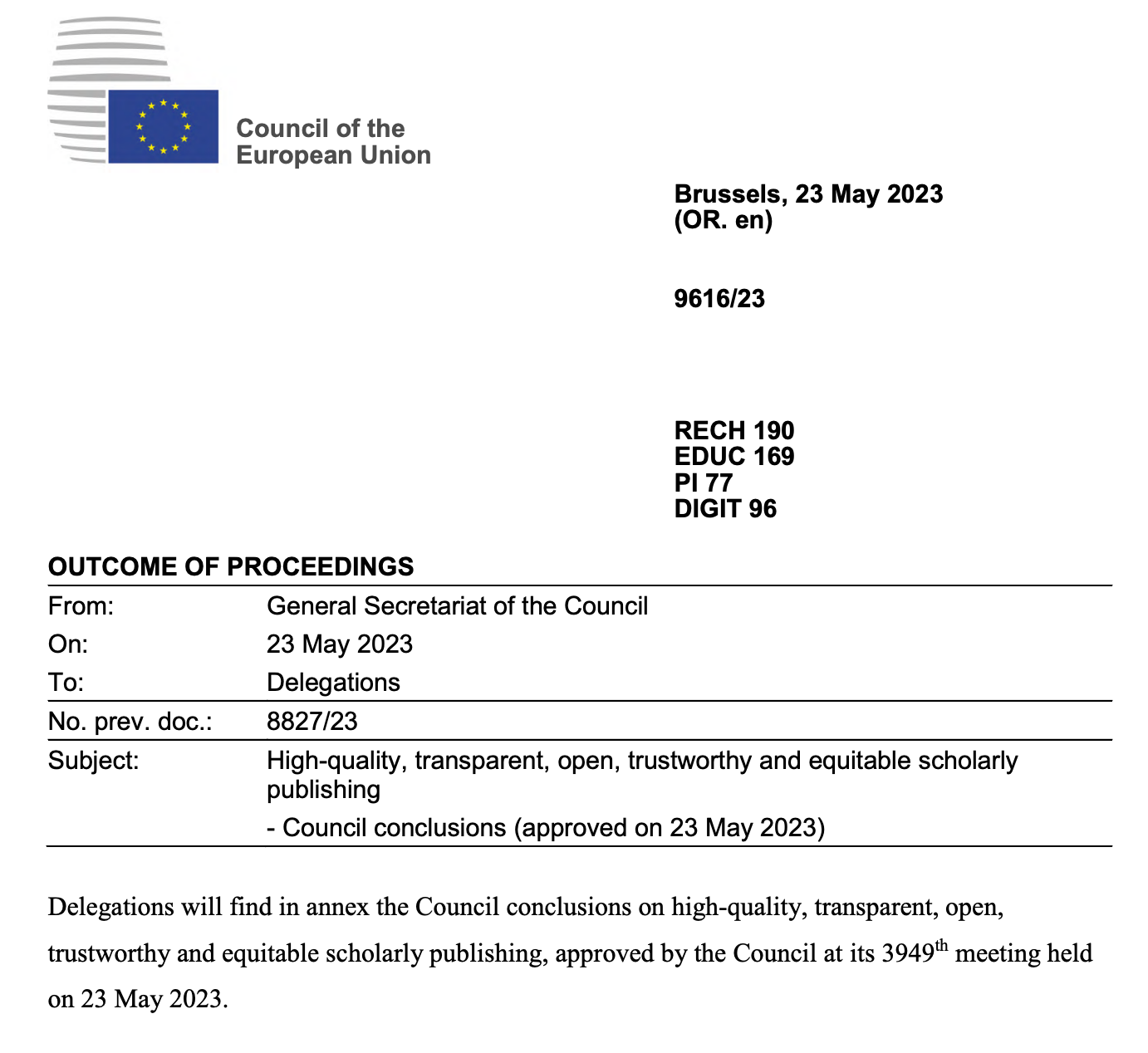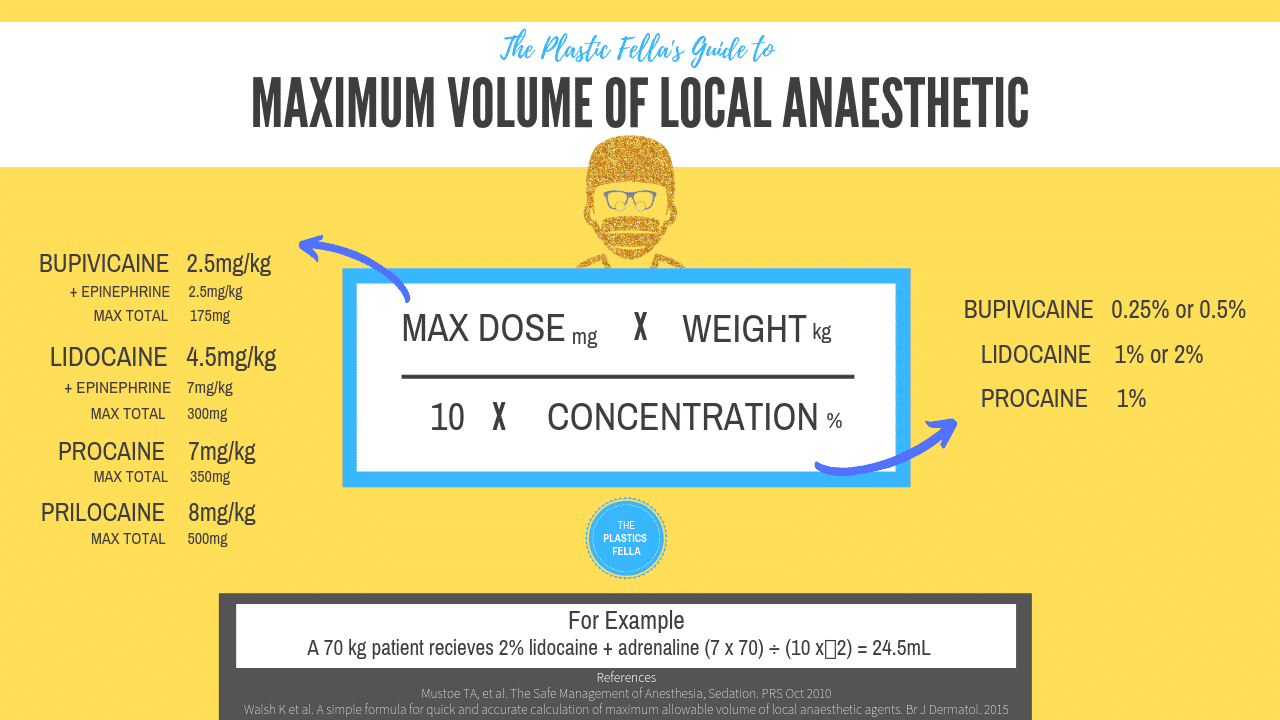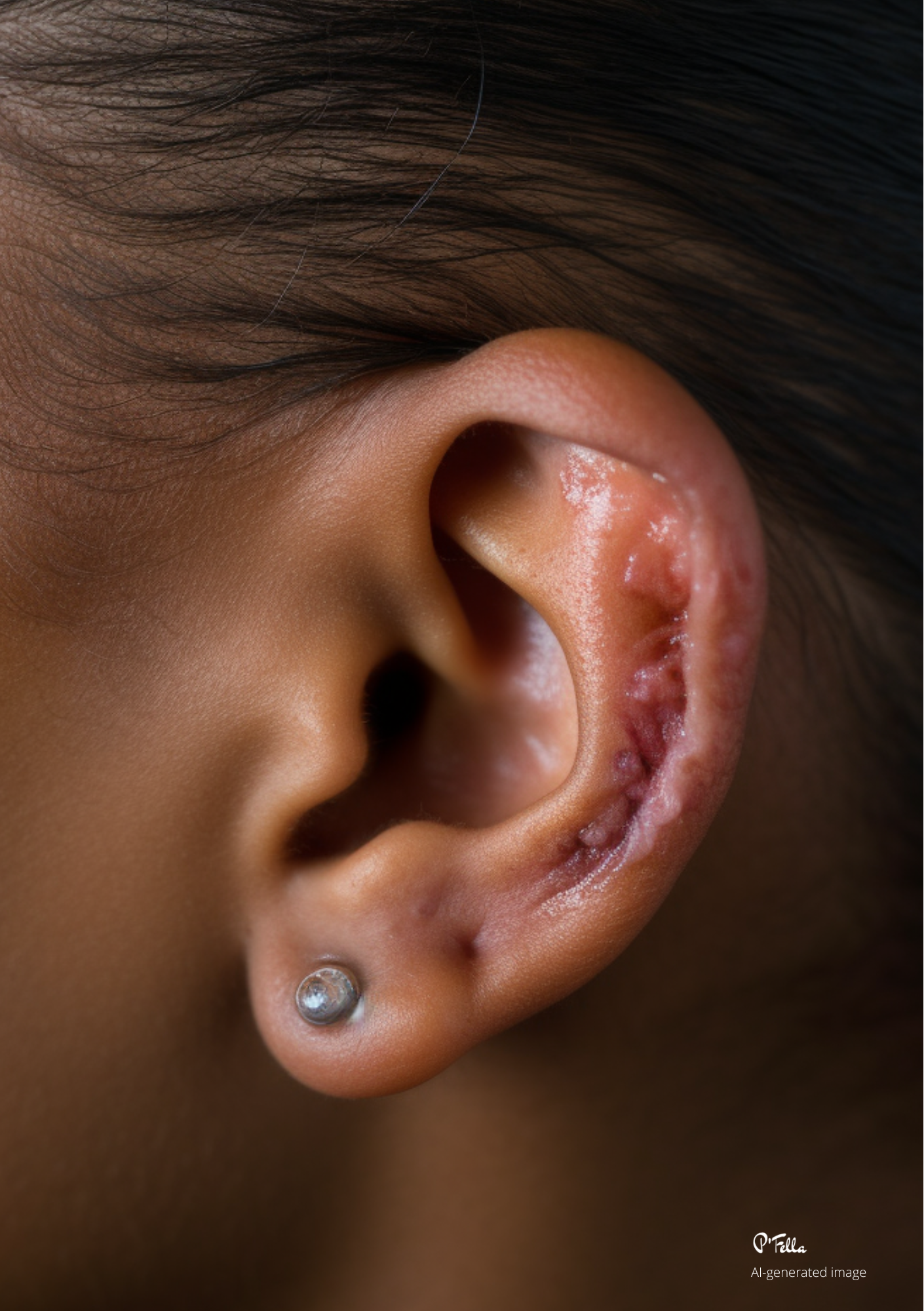In this week's edition
- ✍️ Letter from P'Fella
"Open Access" fees are now removed. - 🤓 The Sunday Quiz
Calculate local anaesthetic (properly) - 🎭 New & Upcoming
New events and educational tools. - 📸 Image of the Week
AI-generated Keloid Scar - 🐣 Tweets of the Week
P'Fella's 3 favourite tweets - 🤔 Ask P'Fella
Submit & I'll answer! - 📝 Articles of the Week
3 hot reads on nerves, bones and anatomy. - 💕 Feedback
Always looking to improve :)
BTW: There'll be a new episode of "Prep with P'Fella" on Spotify and Apple on Monday.
A Letter from P'Fella
"Open Access" fees are now removed (at least they should be).
Hey there,
Today, I bring exciting news on the open access publishing front.
The EU just rolled out a ruling that could be a game-changer. Here's the scoop: "Immediate and unrestricted open access should be the norm in publishing research involving public funds." In plain English? If you're a researcher funded by public sources, you should be able to publish your work in open access journals without shelling out a single dime.

This is a massive victory for open access publishing. It's a nod from the EU acknowledging that open access is the key to making scholarly knowledge accessible to all. Publishers will feel the heat to offer open access options, and it'll be a smoother ride for researchers to get their work published in open access journals.
So, why am I stoked about this ruling? It's more than just a positive step for open access publishing. It's a testament to the importance of democratizing scholarly knowledge. I encourage you to hop on board this movement.
But, I am still skeptical. At the end of the day, we all know that open journals were created to make more revenue for the publishing companies.

Do you expect some seismic shifts in the scholarly publishing landscape from this ruling? Reply to this email to let P'Fella know your thoughts.
Lots of love,
P'Fella ❤️
TL;DR:
The EU now requires publicly funded research to be published in open access journals for free. This is a step towards democratizing knowledge, but skepticism exists due to the profit-driven origins of open access journals
The Sunday Quiz
How to calculate LA doses (properly)
There are two types of local anaesthetics/anaesthesia.
1. Esters: para-aminobenzoic acid (PABA)–based anaesthesia
2. Amide: non-para-aminobenzoic acid (nPABA)–based anaesthesia
An important difference is the manner in which they are metabolised
1. Esters: metabolised in plasma by pseudocholinesterase to PABA
2. Amide: metabolised in the liver, less allergy risk.

New and Upcoming
Features, Courses, Conferences, Webinars
4 Recommendations
- BAAPS: Non-surgical webinar 28th June
- ASSH Annual Meeting - Toronto, 5th October
- Plastic Surgery - The Meeting: Texas, 26th Oct
- BAPRAS Congress - 29th Nov
Image of the Week
AI-generated clinical images

Tweets of the Week
Don't forget to follow P'Fella!
This is a 363-page academic writing guide book for writing at the highest level.
— Amina Yonis, PhD (@DrAminaYonis) June 8, 2023
The author is a @Harvard teacher-scholar.
This book will perfect your writing and help you graduate🎓
Access it here: https://t.co/Cio8kUViEL pic.twitter.com/CaB4dd2lOn
The hematologist Oswald H. Robertson pioneered the idea of "blood banks" in WWI by packing glass jars of citrated blood from universal donors in an ice-filled chest that he had constructed from ammunition cases. Learn more in my book #TheFacemaker: https://t.co/ecUMB1X10A pic.twitter.com/KA09bJGPJF
— Dr Lindsey Fitzharris (@DrLindseyFitz) June 10, 2023
Dr. Paige Fox, an associate professor of surgery @StanfordPlastic, led an initiative to reduce waste in minor hand surgeries. Read the full story: https://t.co/V4ZjQHkhEs
— Stanford Plastic Surgery (@StanfordPlastic) June 7, 2023
Still not sure exactly what I want me career to look like, other than that I want to have a broad, diverse practice. Thinking about non-traditional opportunities, such locums tenens, for my first few years out of residency while I figure it out. Would be interested to hear your thoughts.
P'Fella's Answer
In the ever-changing medical field, desiring a broad, diverse practice is understandable. Locum tenens roles can be a powerful way to explore your options post-residency. They offer exposure to various practices and patient populations, fostering a wide-ranging perspective.
These roles enable diverse experiences without long-term commitment. You'll learn new methodologies and understand different healthcare systems. But, consider the trade-offs: continuity of care is less attainable, and frequent adaptation to new environments is required.
Ultimately, the value of locum tenens depends on your personal goals, lifestyle, and professional interests. It's a time for exploration and self-discovery, and remember, it's as important to learn what you don't want as what you do. Every step contributes to your unique career path.
Where do you predict AI will have the biggest impact in the plastic & reconstructive surgery field? Is P’Fella as accurate as a magic 8 ball?
P'Fella's answer
In the face of the AI revolution, plastic and reconstructive surgery is poised for transformation. AI's role in enhancing surgical planning, execution, and post-surgery monitoring is emerging. I
But here's the real game-changer: Artificial General Intelligence, or AGI for short. Now, I know AGI isn't here yet, but when it arrives, it's going to be like nothing we've ever seen. We're talking about the potential to automate some of the simpler surgical tasks and maybe even whole procedures. Imagine surgical robotics with AGI on board. Human error? That could be a thing of the past.
But, no matter how flashy AGI gets, it's not going to replace us. We're surgeons, and our human judgement, critical thinking, and hands-on skills? Absolutely irreplaceable. So, as we keep our eyes on this AI-to-AGI journey, let's make sure our training keeps up with the tech, and that patient safety is always at the front of our minds.
Bottom line? Let's stay excited about the tech evolution, but remember: our humanity is our superpower, and nothing, not even AGI, can change that.
Ask
Articles of the Week
3 must-read articles, 1 deep-dive! 📚
3 Must-reads
- Where actually is the facial nerve?
Stuzin, James M. M.D. et al. Facial Nerve Danger Zones. Plastic and Reconstructive Surgery 145(1):p 99-102. - Metacapral fractures in Footballers
Sharareh et al. Metacarpal Fractures in the National Football League: Injury Characteristics, Management, and Return to Play. J Hand Surg Am. 2023 - Nerve Transfers after Cancer Resection
Jawad AM et al. Resect, rewire, and restore: Nerve transfer salvage of neurological deficits associated with soft tissue tumors in a retrospective cohort series at a tertiary reconstructive center. J Plast Reconstr Aesthet Surg. 2023.

New update coming soon!
In this upcoming new update, the focus will be more on infographics and generating discussion - so people can share their own experiences and critiques.


